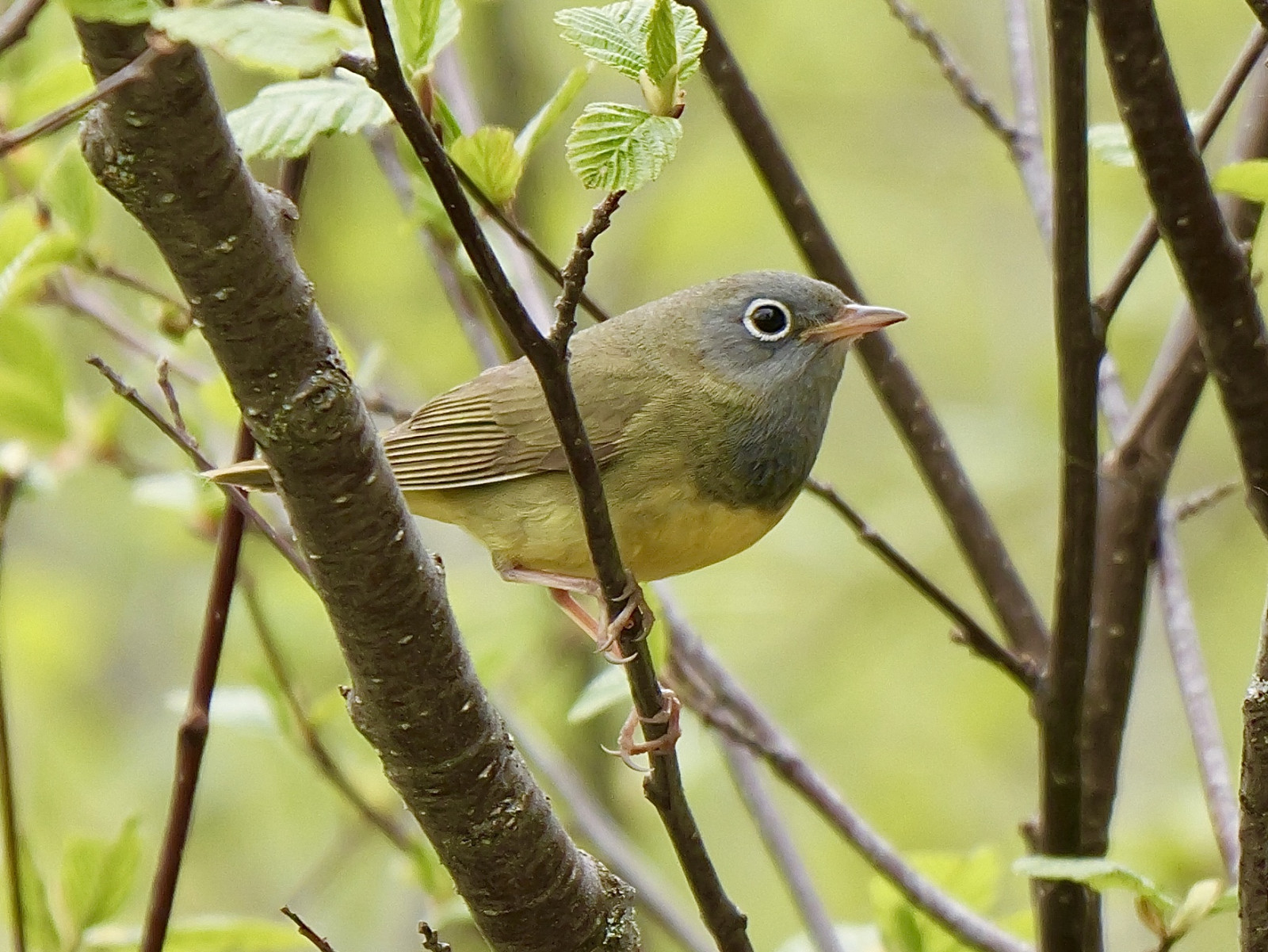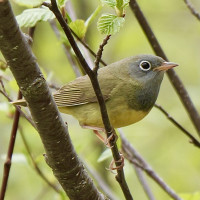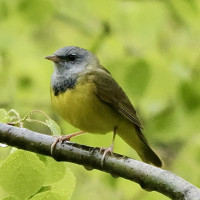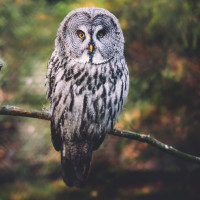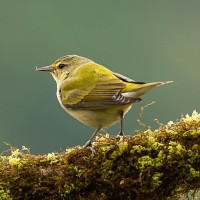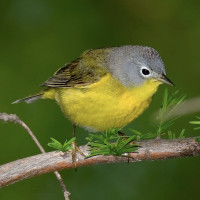Opis
Riding Mountain National Park is one of the most southern spots to get a feel for what the boreal world looks and feels like. It has beautiful forests and lakes, lots of trails, and great accommodations. For highly sought after migrants (like Connecticut Warbler and Mourning Warbler!), early June is the time to visit - before the mass of tourists arrive, and most trails are empty. The wildlife is also still around, you can see black bears and moose easily on the main roads, and some see the elusive lynx.
Szczegóły
Dostęp
Riding Mountain National Park is in Manitoba, easily accessed by car and bus 3.5 hours west of Winnipeg and just under three hours east of Yorkton. A motor vehicle permit is required and can be purchased at the park gateways (see the star on the map). Accommodation is at the southern end of the park - at the main entrance. It is very reasonably priced, especially if you go out-of-season. Roads are in excellent condition - some paved, some dirt. Press on a P on the map for directions.
The walking route indicated on the map is the Brûlé Trail, an easy 2.2 km or 4.1 km, loop within the boreal forest. The trail is shaped like a figure 8, forming a short loop and a long loop. But there are lots of other trails to choose from. The trails are well marked, easy to explore on foot, but be careful of running into the occasional moose.
